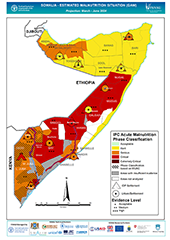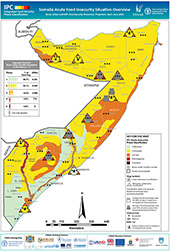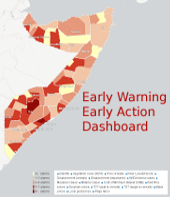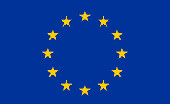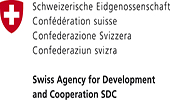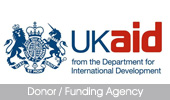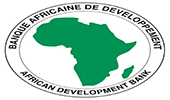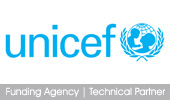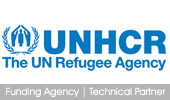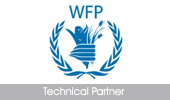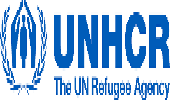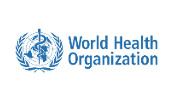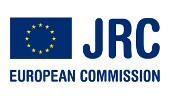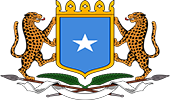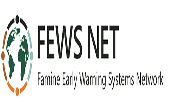Below-average Gu harvest, COVID-19, and Deyr forecast drive Crisis (IPC Phase 3) through late 2020
Issued: July 13, 2020
Key Highlights:
- The economic impacts of COVID-19, an erratic gu rainfall season, and the desert locust upsurge are driving an increase in the food insecure population and the severity of food insecurity in Somalia. In June, Crisis (IPC Phase 3) or Stressed (IPC Phase 2) outcomes persist across the country. A significant scale-up of humanitarian food assistance in May reached 2.2 million people, reducing food consumption gaps at the household level and preventing worse area-level outcomes in parts of northern Somalia. However, nearly 20 percent of the total 2.7 million people in need of food assistance did not access it, including in riverine and rural areas of the South, where humanitarian access is low.
- The impact of the COVID-19 pandemic on the Somali economy is significant. Poor urban and IDP households, as well as pastoralists in northern Somalia, are likely to be most affected by an estimated 30-50percent decline in annual external remittances, anticipated 25-35 percent decline in annual livestock exports, lower labor demand, and above-average imported staple food prices. In most IDP settlements and urban areas, at least 20 percent of the population still face food consumption gaps or are engaged in negative livelihoods coping strategies indicative of Crisis (IPC Phase 3) even after food assistance distributions. Additionally, Crisis (IPC Phase 3) outcomes are expected from June to September in parts of central Somalia, where livestock holdings are lowest, and in northeastern Somalia, where the economy is more dependent on livestock, seafood, and frankincense exports.
- The erratic distribution of rainfall during the April to June gu season has worsened gu cereal production prospects in south-central Somalia. Nationally, the gu harvest in July is now projected to be 30-40 percent below the long-term average. Severe floods in April/May inundated more than 54,000 hectares of farmland, equivalent to more than 20 percent of the 1995-2019 average planted area. In Beletweyne town, 115,000 people remain displaced by the floods. The early end of the gu rainfall season has also led to crop moisture stress in many areas. Although there are no reports of desert locust in the South, damage caused by crickets and other pests has been atypically high. Crop losses are highest in riverine areas and northern Bay Bakool Agropastoral livelihood zones, where Crisis (IPC Phase 3) outcomes are anticipated from June to September.
- During the July to September dry season, up to 3.5 million people are anticipated to be unable to meet their minimum food needs and in need of urgent humanitarian food assistance. Further, the NOAA/CPC NMME forecast predicts an increased likelihood of a below-average deyr rainfall season from October to December 2020. FEWS NET’S research shows the NMME forecast has a strong capability to predict below-average rainfall during the October to December rainfall season in eastern East Africa. Combined with the persistent threat of desert locust, the impact of below-average rains on crop and livestock production is expected to lead to widespread deterioration to Crisis (IPC Phase 3) in northern and central pastoral areas and southern agropastoral areas in the absence of sustained food assistance.
- While the 2021 gu rainfall season falls outside of the current projection period, preliminary climatological research suggests there is a possibility of a consecutive below-average rainfall season from March to May 2021. Past trends indicate that food security conditions can quickly deteriorate in Somalia in the event of two consecutive below-average seasons.
To download full report click here
